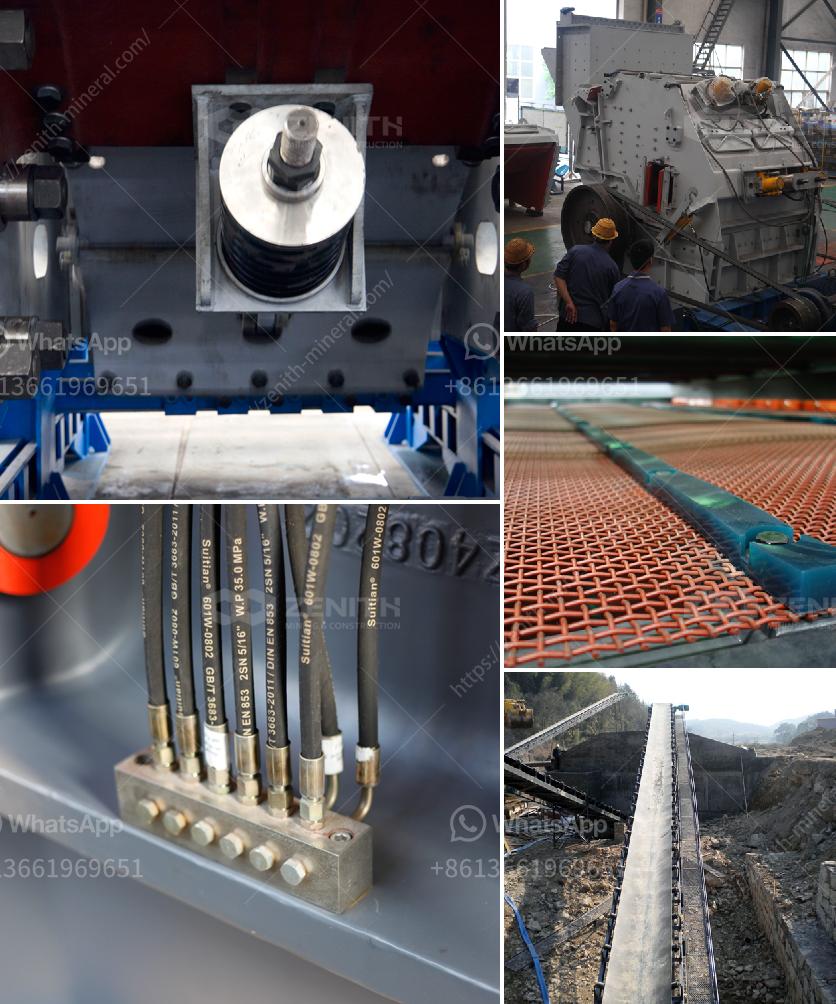Controlling a vibrating screen involves several factors, including the type of screen, the material being processed, and the desired outcome. Here are some general steps and considerations to effectively control a vibrating screen:
1. Understand the Basics
- Screen Type: Know the specific type of vibrating screen you're using (e.g., inclined, horizontal, dewatering, etc.).
- Material Characteristics: Understand the characteristics of your material (size, moisture content, bulk density, etc.).
2. Proper Installation
- Level Installation: Ensure that the screen is installed on a level foundation to prevent uneven distribution of material and excessive wear.
- Secure Fastening: Tighten all bolts and fasteners to avoid parts loosening due to vibration.
3. Operational Settings
- Amplitude and Frequency: Adjust the amplitude (the vertical distance the screen travels) and frequency (the number of vibrations per unit time) according to the material and desired screening efficiency.
- Tilt Angle: If you have an inclined vibrating screen, setting the correct angle can impact material flow and separation efficiency.
4. Feed Control
- Consistent Feed Rate: Control the feed rate to ensure material is evenly distributed across the screen. Uneven feed can cause irregular screening efficiency and wear.
- Proper Feed Size: Only feed material sizes within the screen’s design capacity to avoid clogging and potential damage.
5. Regular Maintenance
- Inspection: Regularly inspect the screen and supporting structures for signs of wear or damage.
- Screen Media: Check and replace screen media and tension as needed. Proper tensioning is crucial for preventing blinding and maintaining efficiency.
- Lubrication: Regularly lubricate moving parts as specified by the manufacturer.
6. Monitoring and Adjustments
- Performance Monitoring: Use monitoring equipment to keep track of the screen’s performance parameters (vibration amplitude, intensity, speed).
- Adjust Based on Output: Adjust operational settings based on the performance data and material output quality.
7. Safety Considerations
- Safety Protocols: Follow all safety guidelines and protocols. Ensure that the area around the vibrating screen is secure and operators are trained.
- Emergency Stop: Ensure that there is an easily accessible emergency stop button.
8. Optimization Techniques
- Check Screening Decks: Make sure multiple decks are used effectively to maximize screening efficiency.
- Material Flow Control: Adjust baffles and flow directors to manage the material flow over the screening surface.
For more detailed instructions, always refer to the manufacturer’s manual and guidelines as they provide specific information tailored to your particular model and application.


